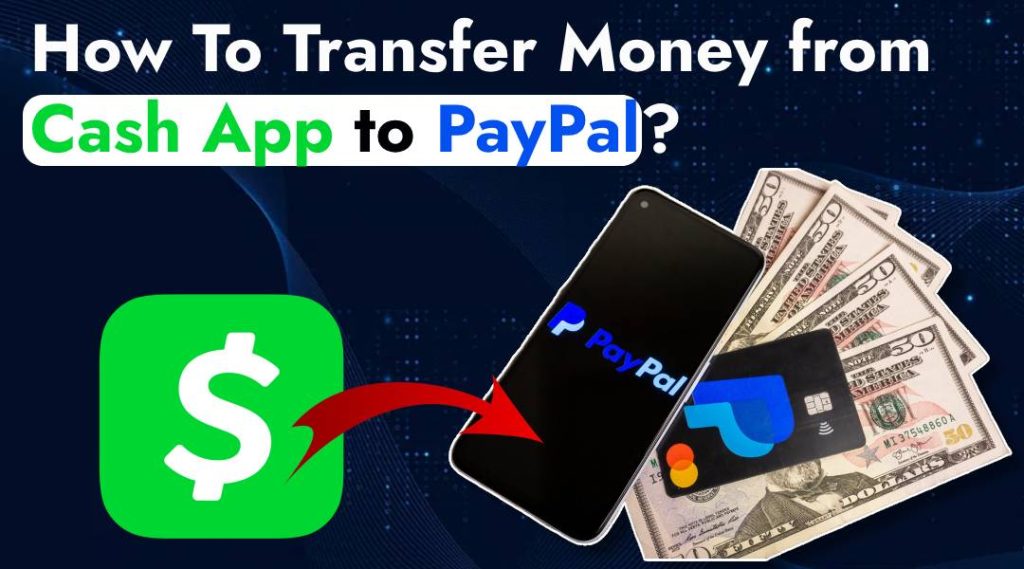In the world of digital transactions, scams are unfortunately becoming more common. If you’ve fallen victim to a scam while using Cash App, you might be wondering how to get your money back. Understanding the process for obtaining a Cash App refund can help you navigate this stressful situation. Here’s a comprehensive guide on how to secure a refund after being scammed.
Understanding Cash App Refunds
Cash App is designed for quick and easy transactions. But this speed can sometimes lead to issues when scams occur. While Cash App does have a refund policy. It’s important to note that refund for scams are not guarante. The responsibility often falls on the user to take the necessary steps to dispute the transaction.
Read Also:- How to Link Bank Account to Cash App?
Steps to Request a Cash App Refund
Step 1:- Check the Payment History
- Open your Cash App and navigate to your payment history. Locate the transaction you believe to be fraudulent.
Steps 2:- Request a Refund
- Tap on the transaction and select the “Refund” option. This sends a request to the recipient asking them to return your funds. While this step is straightforward, success depends on the recipient’s willingness to cooperate.
Step 3:- Dispute the Transaction
- If the recipient refuses to return your money, you can escalate the issue by disputing the transaction with Cash App support. Provide as much information as possible, including screenshots and details of the scam.
Steps 4:- Contact Your Bank or Card Issuer
- If your Cash App account is linked to a credit card or bank account, you might be able to dispute the charge directly with them. This process is known as a chargeback, and it can be an effective way to secure a Cash App refund if Cash App support doesn’t resolve the issue.
What Transactions Can Be Disputed?
You can dispute various types of transactions on Cash App, including:
- Unrecognized transactions
- Duplicate charges
- Incorrect amounts charged
- Transactions where goods or services were not receive
- Recurring payments that continue after cancellation
If you notice any of these issues, it’s advisable to initiate a dispute as soon as possible.
Contacting the Merchant
Before filing a dispute with Cash App, consider reaching out to the merchant directly. Many issues can be resolve quickly through direct communication, which might save you time and effort in the dispute process.
Preventing Future Scams
To avoid falling victim to scams in the future, consider these tips:
- Always verify the recipient’s information before sending money.
- Be cautious of unsolicited messages or requests for money.
- Use Cash App’s security features, such as enabling two-factor authentication.
Conclusion:-
while getting a Cash App refund after being scam can be challenging. Follow the outlined steps can help you navigate the process effectively. Always remain vigilant and proactive in protecting your financial information to minimize the risk of scams.
Frequently Asked Questions (FAQ):-
How long does it take to get a Cash App refund?
The time it takes to receive a refund on Cash App can vary. If the recipient agrees to the refund, it can be instant. However, if you need to dispute the transaction with Cash App support, it could take several days for the issue to be resolved.
What should I do if the scammer refuses to refund my money?
If the scammer refuses to return your money, you should immediately contact Cash App support and provide all relevant details. Additionally, if you used a linked credit card or bank account, you can file a chargeback with your bank or card issuer.
Can Cash App reverse a payment if I was scammed?
Cash App generally cannot reverse a payment once it’s completed. However, if you report the scam promptly, Cash App support may assist in recovering your funds through their dispute process.
How can I protect myself from scams on Cash App?
To protect yourself from scams, always verify the recipient’s details before sending money, avoid using public Wi-Fi for transactions, and enable security features like PIN or fingerprint ID on your Cash App account.


